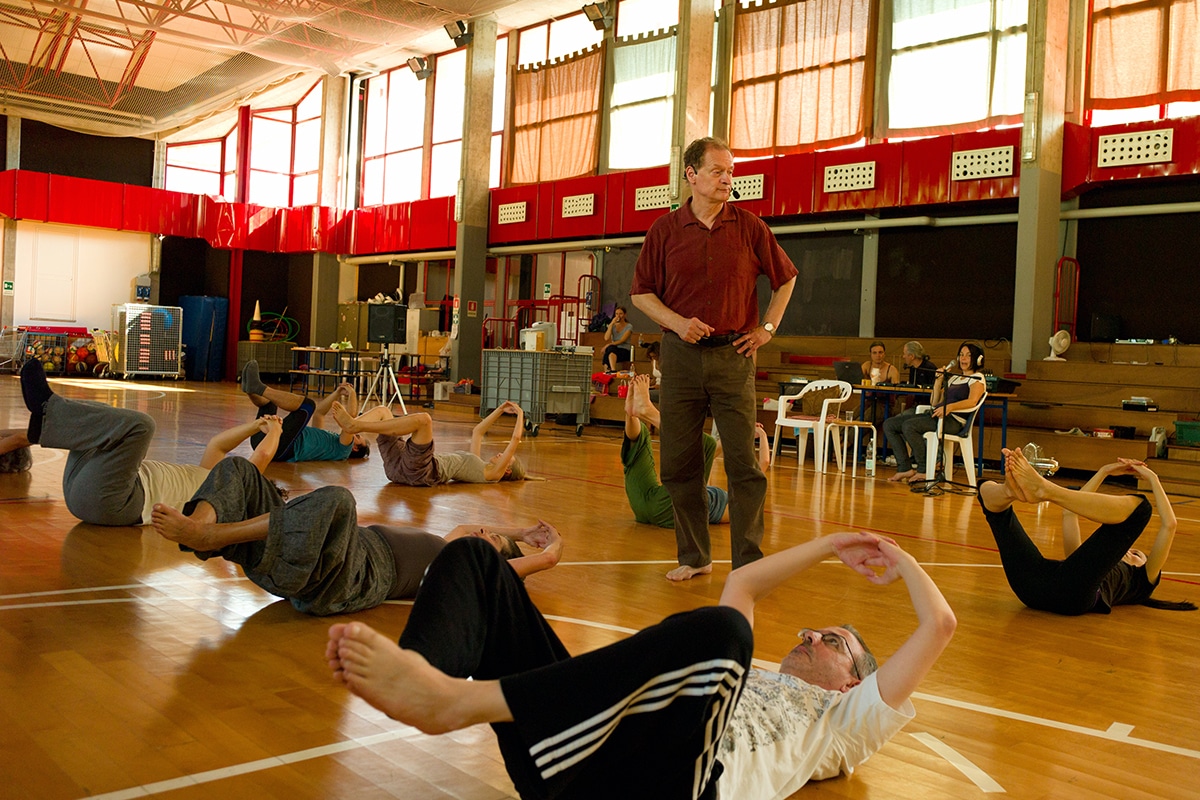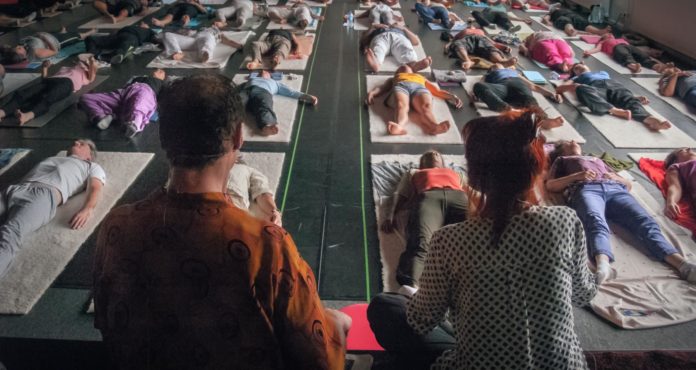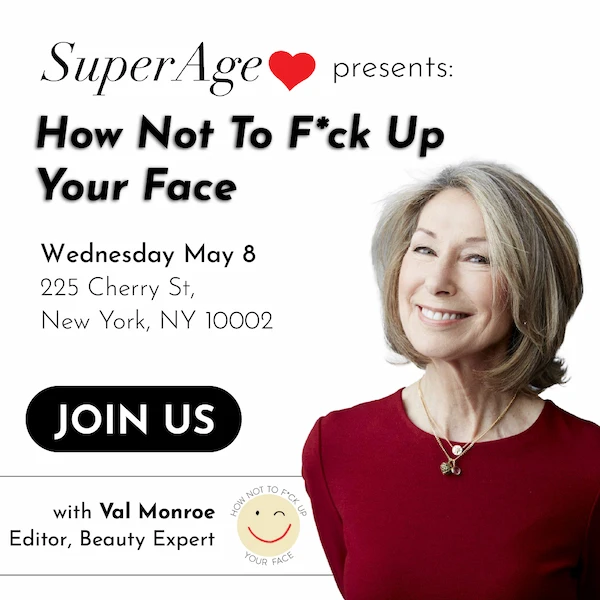by Frank Wildman, PhD.
What makes a person old? Some people think it’s wrinkles; others say it’s stodgy attitudes. But, really, the culprit is our habits. When we unlearn old habits and create new ones, we make our bodies and minds younger, stronger, and more flexible. In essence, we create a more youthful and intelligent body at any age.
Unlike other members of the animal kingdom, as humans, we only gradually learn how to control our bodies. To survive as infants and children, we must learn to lift our heads, push up our chests, sit, crawl, walk, jump, skip, and run. Once we learn these increasingly complex movements, we stop the learning process, and our movements become habituated, often in ways that put stress on our bodies or that become rigidified and locked over time. We’re left with a lifetime of habits—from how we swing a tennis racket or sit at the keyboard to how we move when we cook a gourmet meal—that can become harmful to our bodies. The good news is that we can learn new habits that make our bodies and minds more agile and more fit.
Although exercise and movement in general can feel good and be considered health-related, not many people make the same connection between exercise and their brain. Using the principles of neuroscience, you can learn to guide your body internally in order to discover new sensations, a new and wider range of movement, and new techniques for coordinating your movements for ease and efficiency.

One of the best ways to reverse the all-too-common effects of aging is to move well and use your whole body. You can have a spring in your step, an air of grace, and stability and ease of movement at any age. What it means to be 50 today—how you function, what you are able to achieve, your life expectations, and your appearance—is very different from just 50 years ago. Much has been learned in recent years about the process of optimal aging. The discovery that movement and exercise regulate neurogenesis—that is, the production of new neurons in the adult brain—has been the surprising news that fundamentally changes our view on how physical activity affects the brain.
Previously, it was thought that we never grow new neurons. Throughout life, this theory went, we maintain whatever number we were born with except for those that die in our heads—and thus end up with fewer and fewer neurons. A bleak view. This understanding was challenged, however, by the experience of people with serious traumatic injuries who not only could learn new things but could also learn to move, think, and speak even better than they did before the damaging incident. What was happening? New technology now allows us to watch nerves grow and to watch nerve fibers “rewiring” and “networking” with each other as new motor skills are learned and practiced. The brain has proven to be more “plastic” and is now regarded as capable of changing its function and interior forms. Neurons re-generate until the day you die! An old dog can learn new tricks.
We also know through extensive research that continued learning and exercise in middle age and beyond increases longevity and has benefits for both overall health and cognitive function, especially in later life. Your behavior at age 50 has an impact on how you feel at age 80. High-density brain analyses show that voluntary exercise can increase brain growth factors that stimulate the generation of neurons, increase resistance to brain insult, and improve learning and mental performance. Intelligent exercise could provide a simple means to maintain brain function and promote brain plasticity and neurogenesis.
Exercise combined with cognitively stimulating movements results in optimal aging.
The fact is that our brain is our core, and through our neural pathways it operates every part of the body. It’s easy to think of the brain as a super-smart tool that tells us what to say, where to go, what to do, what to think, and what to feel. But that’s not the whole story.
Although the brain does send signals throughout the body, it also receives signals that give us important information. If we learn how to listen better to what our bodies are telling us, we can also learn to pay attention to the inside of our own bodies and receive these signals as vital and important information. For example, in the places where we’re tight and tense or loose and fit, where we’re injured and in pain or flooded with pleasure, we can discover the connection between our minds and bodies. We can begin to move more easily and to feel stronger and more confident about who we are.
The brain is the essential component that is largely missing from all other workout and body movement programs. We often move and exercise as if we didn’t have one. However, changes in behavior can change the way we age.
Dr. Frank Wildman developed Intelligent Body Movement over 40 years of working with clients, students, and medical and other professionals. He draws from the work of and was close associates of Dr. Moshe Feldenkrais, the greatest movement scientist of the 20th century; Dr. Stanley Keleman, the founder of somatic psychotherapy; Anna Halprin, a world-renowned pioneer of dance theatre; among others. He devotes his time to training people in his method and working privately with clients ranging from those challenged by severe pain issues to those seeking enhanced performance. http://movementstudiesinstitute.org/
Berkeley, CA



